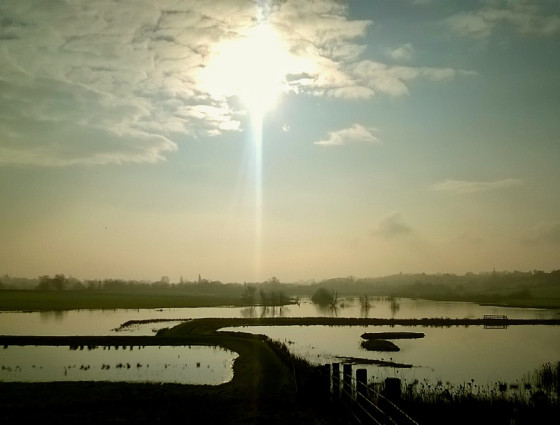
Habitats Regulations Assessment (HRA)
The stages of assessment to determine if a plan or project affects protected features.
What is HRA?
Habitats Regulations Assessment (HRA) refers to several distinct stages of assessment which must be undertaken in accordance with The Conservation of Habitats and Species (Amendment) (EU Exit) Regulations 2019.
The purpose of HRA is to determine if a plan or project may affect the protected features of certain wildlife sites known as a Natura 2000 or ‘Habitat Site’ (e.g., Special Areas of Conservation (SAC), Special Protection Areas (SPA) or Ramsar sites).
HRA helps to decide whether to undertake, permit or authorise the plan or project.
HRA screening
All plans and projects, including planning applications which are not directly connected with, or necessary for, the conservation management of a habitat site, require consideration of whether the plan or project is likely to have significant effects on that site.
This consideration – typically referred to as the ‘HRA screening’ – should take into account the potential effects both of the plan / project itself and in combination with other plans or projects.
HRA appropriate assessment
Where the potential for likely significant effects cannot be excluded, the competent authority (in this instance Worcestershire County Council) must make an appropriate assessment of the impacts of the plan or project for that site.
Supporting habitat in areas beyond the boundary of a Natura 2000 site or ‘Habitat Site’, which are connected with or ‘functionally linked’ to the site should be taken into account in HRA screening and any subsequent appropriate assessment.
HRA derogations
If a plan or project would not be likely to have a significant effect on the site alone, it should nevertheless be considered in combination with other plans and projects to establish whether there may be a significant effect arising from their combined impacts.
The competent authority may agree to the plan or project only after having ruled out adverse effects on the integrity of the habitats site.
Where an adverse effect on the site’s integrity cannot be ruled out, and where there are no alternative solutions, the plan or project can only proceed if there are imperative reasons of over-riding public interest and if the necessary compensatory measures can be secured.
Functional land
Natural England report NECR207 defines ‘functional linkage’ as the role or function which land or watercourses located beyond the boundaries of a Natura 2000 site fulfil in terms of supporting the populations for which the site was designated or classified.
Such an area of land or watercourse is, therefore, considered ‘linked’ to the site because it provides a potentially important role in maintaining or restoring a protected population at favourable conservation status.
In 2018 Natural England published RP02966 Identification of Wintering Waterfowl High Tide Roosts on The Severn Estuary SSSI/SPA and subsequently provided representation to Worcestershire County Council that qualifying bird species from the Severn Estuary SPA can travel across and be found within Worcestershire at times of extreme weather events and flooding.
Natural England have commissioned and are currently finalising a study to identify land which may be functionally linked to the Severn Estuary qualifying bird species. Additionally, qualifying species of migratory fish of the Severn Estuary SAC/RAMSAR are known to spend part of their life cycle in the wider Severn hydrological catchment.
HRA pre-application advice
Applicants should be aware that because of the presence of functional linkages between Worcestershire’s watercourses and the SPA/SAC/Ramsar sites in the Severn Estuary, a HRA screening and subsequently appropriate assessment may be required for planning applications in or near watercourses.
In view of this, applicants may need to provide a Shadow HRA Screening as part of their planning application. Further details can be provided on request and as part of pre-applications discussions, but applicants should allow sufficient time for this process when submitting their planning applications.
 Facebook
Facebook X
X Email
Email WhatsApp
WhatsApp Messenger
Messenger